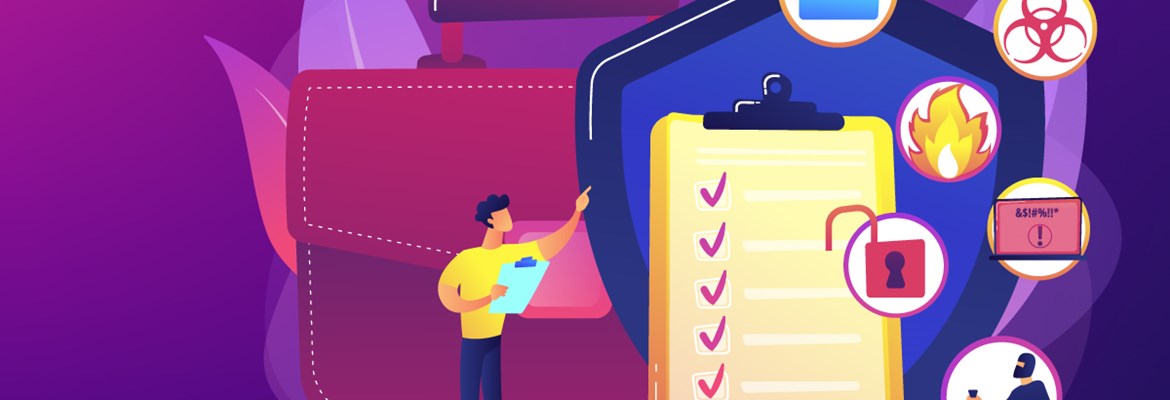What's the difference and what's involved?
Many businesses use the terms “disaster recovery” and “business continuity” interchangeably, but the reality is these are very different concepts and each contributes an essential role to ongoing business activity.
Disaster recovery refers to IT services, and usually only in relation to a “system failure”. Business continuity goes beyond that, and addresses the non-IT resources and non-IT related disaster scenarios, such as a major impact on the people, processes, physical facility, communications, and suppliers.
The importance of a Disaster Recovery strategy
In recent years, Australian businesses have become all too aware of the importance of a practical disaster recovery strategy. Protecting operations against the effects of power outages, human error, natural disasters, and malicious cyber threats have become an essential consideration when establishing an IT infrastructure.
A suitable IT Infrastructure to deal with these threats is crucial and will depend on your organisation’s needs and budget. Some considerations are:
- The nature of your business.
- The nature of your data captured.
- The priorities for your data.
- How downtime will impact customer service, contractual commitments, compliance, and the bottom line.
- Your Recovery Point Objective (RPO) and Recovery Time Objective (RTO).
These sorts of questions will help you define your exact disaster recovery requirements.
Business Continuity
Althougha Disaster Recovery plan offers some reassurance for IT, it is still a long wayfrom being a complete business continuity strategy.
So what are some of the key steps in developing a Business Continuity plan?
- Solid plan activation and decision making framework.
Take note of your organisation's critical skills and of the people who need to be authorised to take action in a crisis. - Never entrust Business Continuity Planning to a single department.
Asking individual departments to create their own plan is the best way to ensure that departmental inter-dependencies are identified. - Streamlined communication plan.
This allows you to get news and information out to key players quickly. The greater the number of channels, the greater the likelihood the message will get through. - Dual supplier arrangements.
This is a safer bet than appointing exclusive suppliers.
This is only the beginning and an example of some steps to consider. A Business Continuity plan should be a complete, thoroughly tested, and dynamic document.







